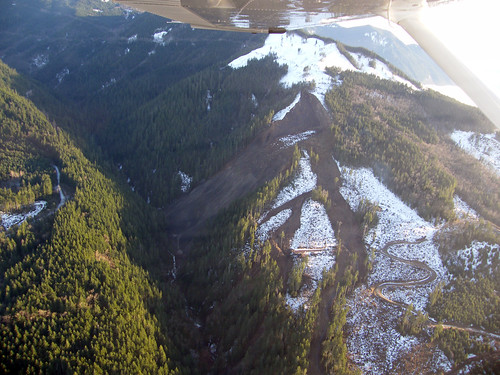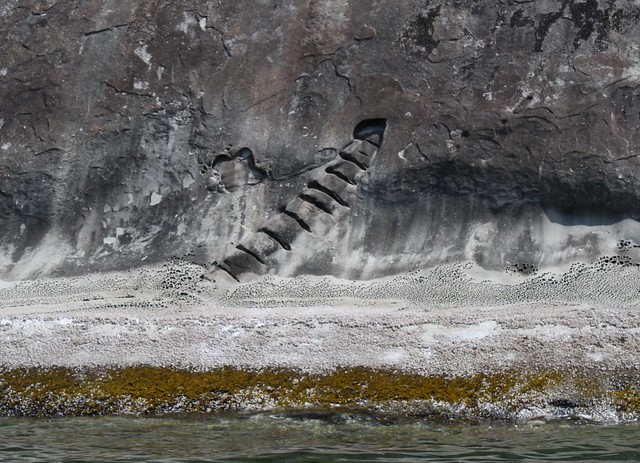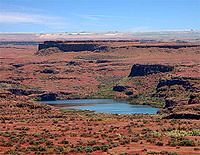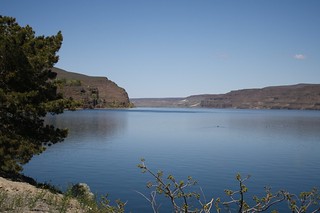This is the second of my two-part diary of the fossils from the Chuckanut Formation (C/F), located near Bellingham in Northwestern Washington State. As noted in part 1, (flora), this formation developed during the Eocene Epoch, some 50 million years ago (ma). This area was a subtropical fluvial plain on to which sediments were deposited and ultimately hardened into sandstone, shale, and siltstone that captured specimens of both flora and fauna of that time. (No new pseudofossils in this part.)

Racehorse Creek land slide and fossil beds




